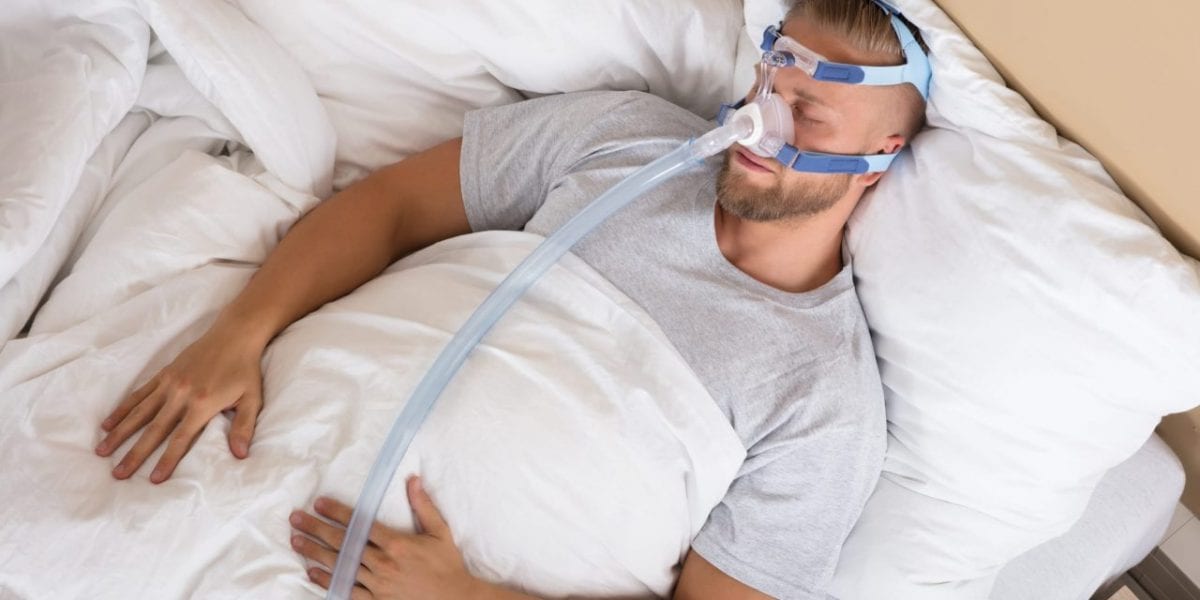When a person has Obstructive sleep apnea, they stop breathing at some point in the night and then start breathing again several different times on the same night. The severity varies, and some people only have mild symptoms while others have severe life-threatening sleep apnea. There are three types of the disease which include obstructive , central, and complex syndromes. Obstructive sleep apnea being the most common type.
Complex is a combination of obstructive and central. Almost everyone gets a bit of fatigue during the day. However, if the cause of your fatigue is due to lack of good night’s rest, you can consult a specialist who will assess whether you are suffering from sleep apnea in Huntington Beach area and offer you treatment. The treatment will help you to get enough sleep at night and help you to be productive during the following day.
Why Is Sleep Apnea Serious?
Sleep apnea can reduce the amount of oxygen that is supplied to your body. This is risky because the lack of oxygen can be life-threatening. When your heart detects low levels of oxygen in the blood, it pumps blood harder, and this can cause you to develop high blood pressure. Lack of enough oxygen can cause ischemia and put you at risk of cardiac arrest which is a risk factor for sudden death.
Lack of enough oxygen supplied to the brain can cause you to suffer a stroke. It also increases your risk of getting liver disease or type two diabetes. It limits you from getting enough rest at night, and this will make you tired during the following day. Fatigue can reduce your performance at school or work. Being drowsy when driving is a risk factor for road traffic accidents. Lack of sleep can also make you depressed and moody and limit your partner from getting enough sleep.
What Are the Risk Factors of Sleep Apnea?
During obstructive sleep apnea, your brain detects the reduction in blood oxygen levels that is caused by the narrowing of your throat due to muscle relaxation. The mind will then signal you to wake up, and you will then go back to sleep. This sleep and wake cycle can repeat itself more than 30 times.
Some of the risk factors that can trigger obstructive sleep apnea include obesity, nasal congestion, having a wide neck, and a family history of obstructive sleep apnea. Children can suffer from obstructive sleep apnea due to large tonsils and adenoids. Being overweight, elderly, and using drugs like alcohol, sedatives, and smoking also increases the risk of the disease.
The risk for this condition is increased by heart diseases, old age, and having a brain condition like a stroke. If you use narcotics such as methadone, your risk of having it is increased. Females suffer from obstructive sleep apnea more than males, while men are more prone to the central variety.
Conclusion
Sleep apnea is a condition that causes you to have periods of difficulty breathing when you are asleep. Different types are obstructive which commonly affects women, central that is common in men, and complex syndrome. Getting treatment for it will help you to avoid complications like heart disease and depression.









